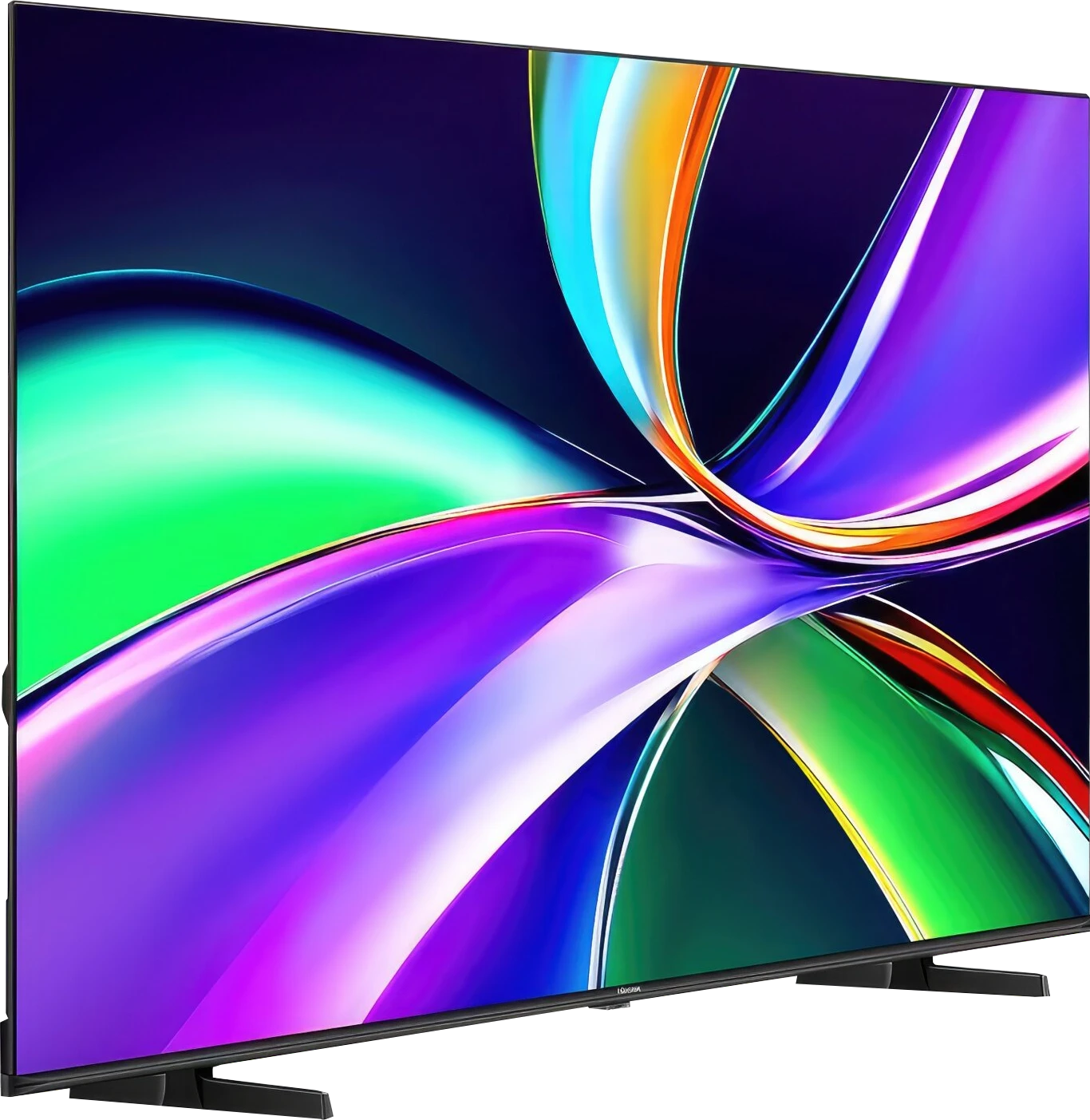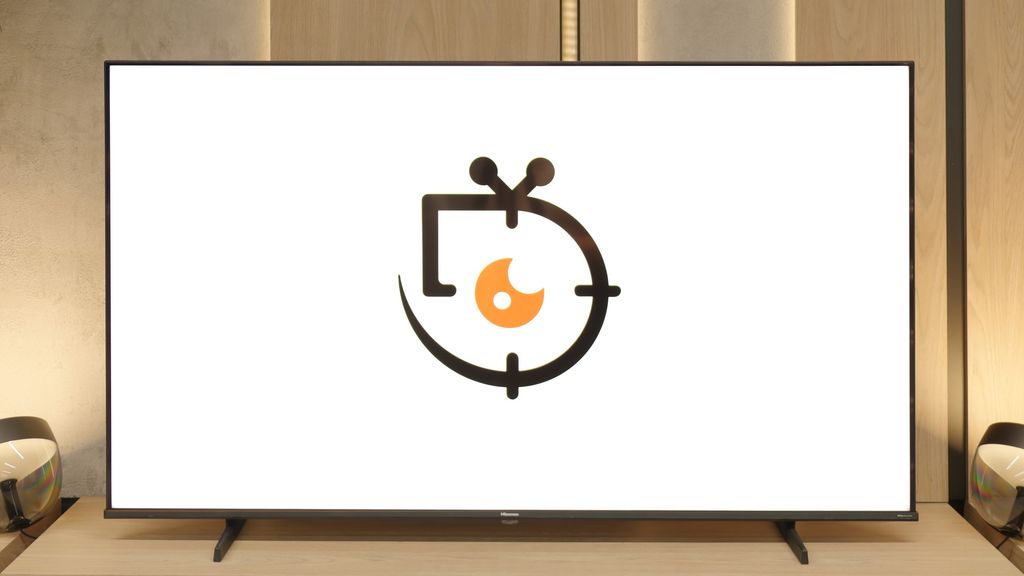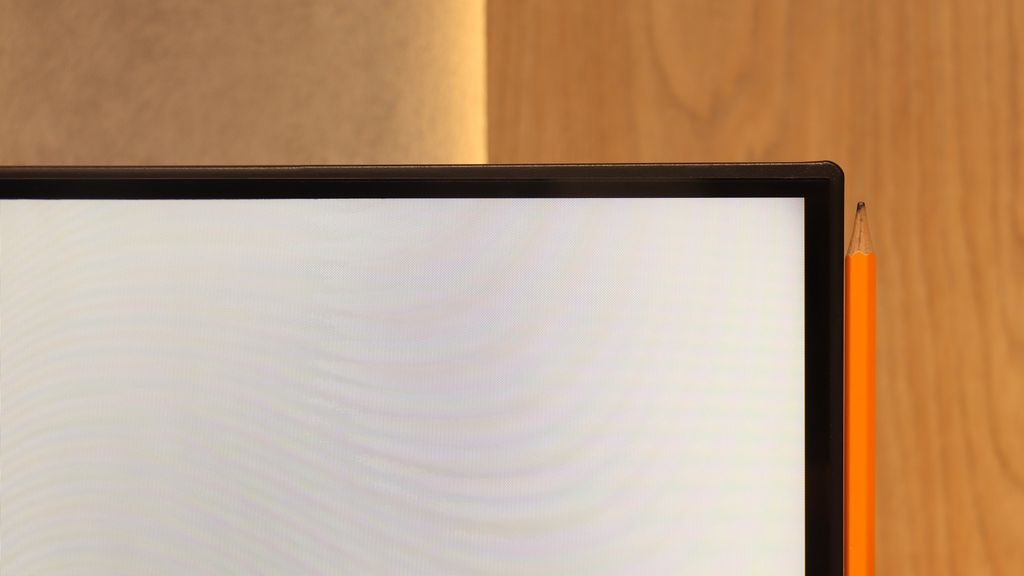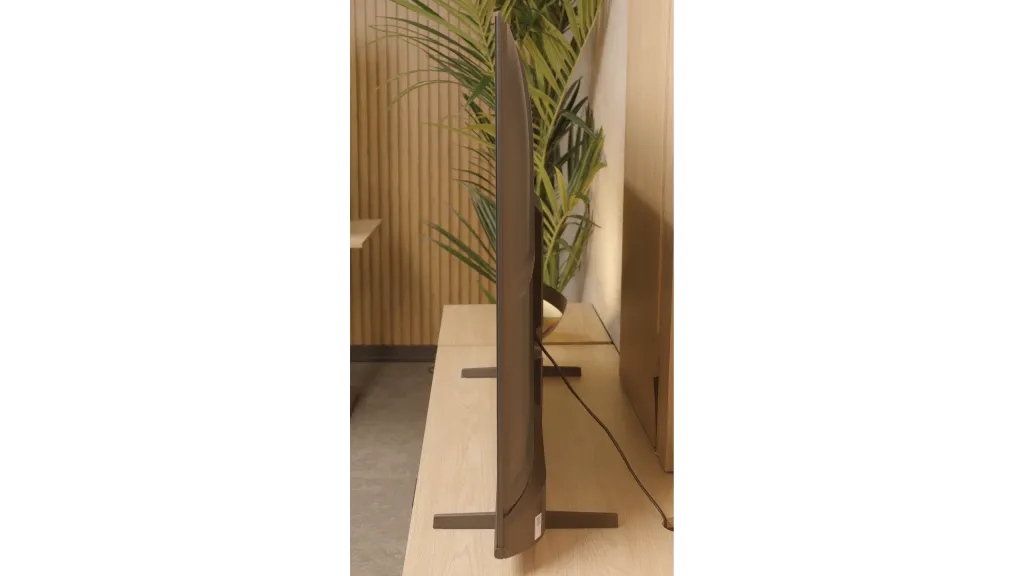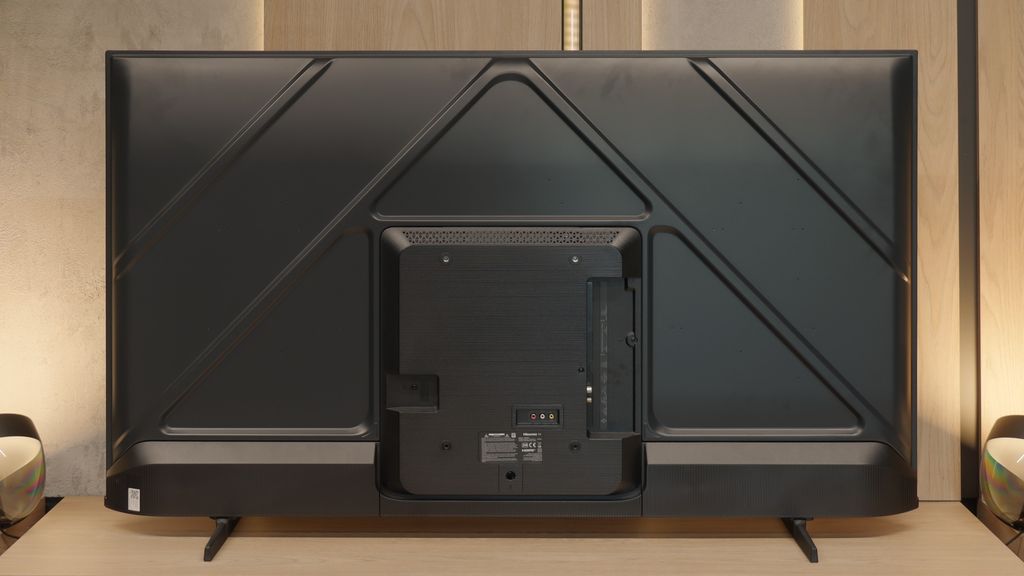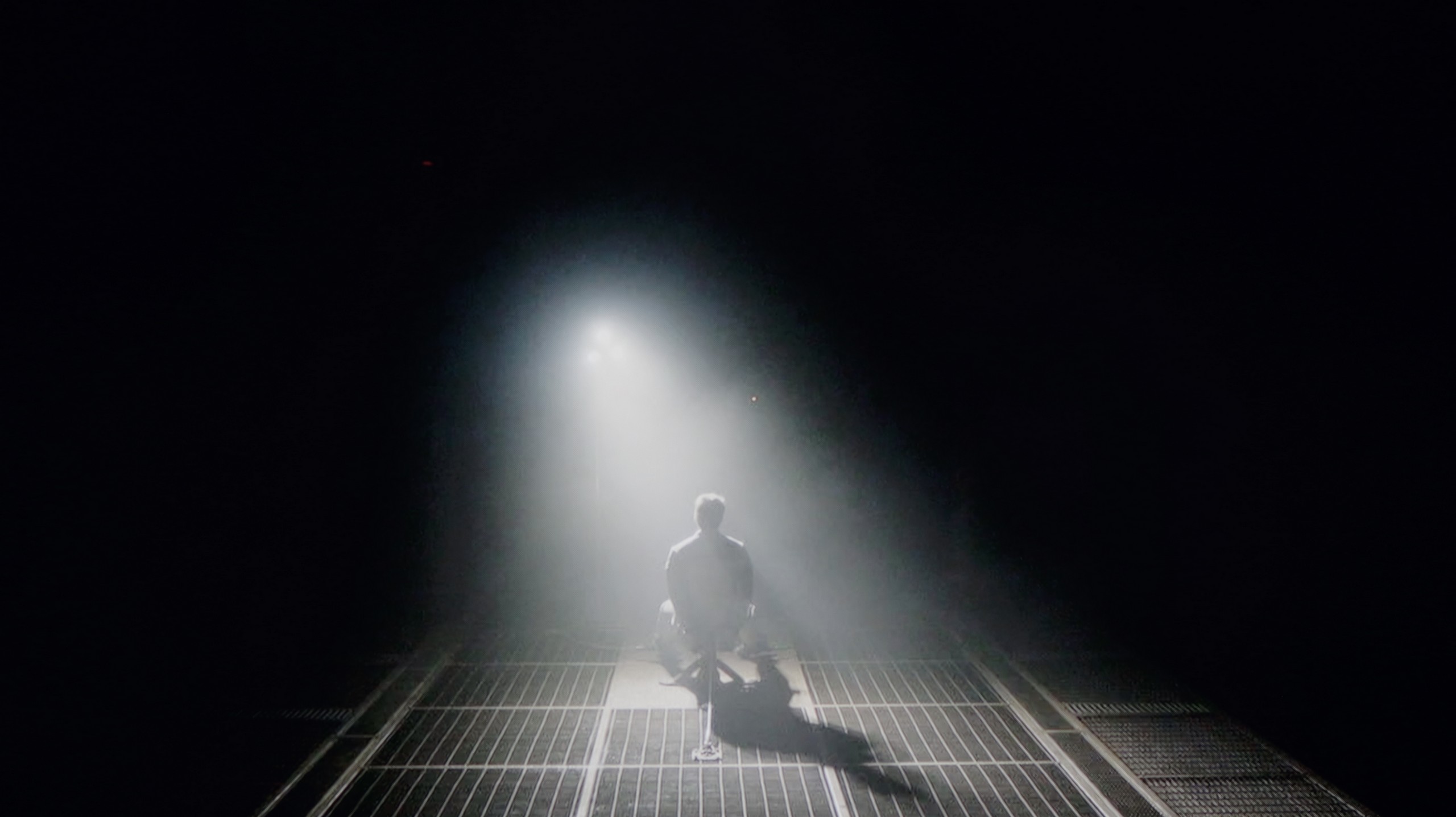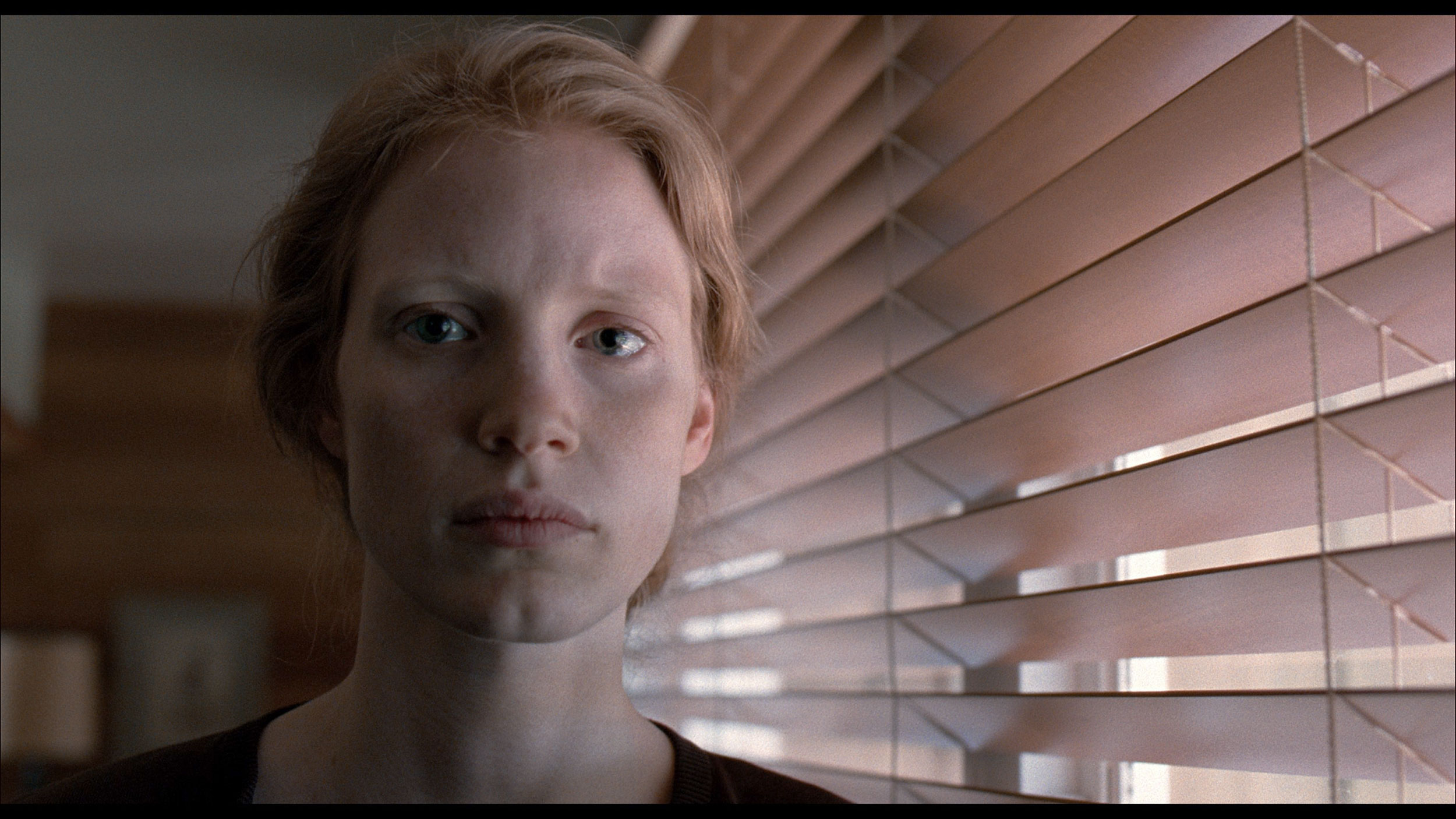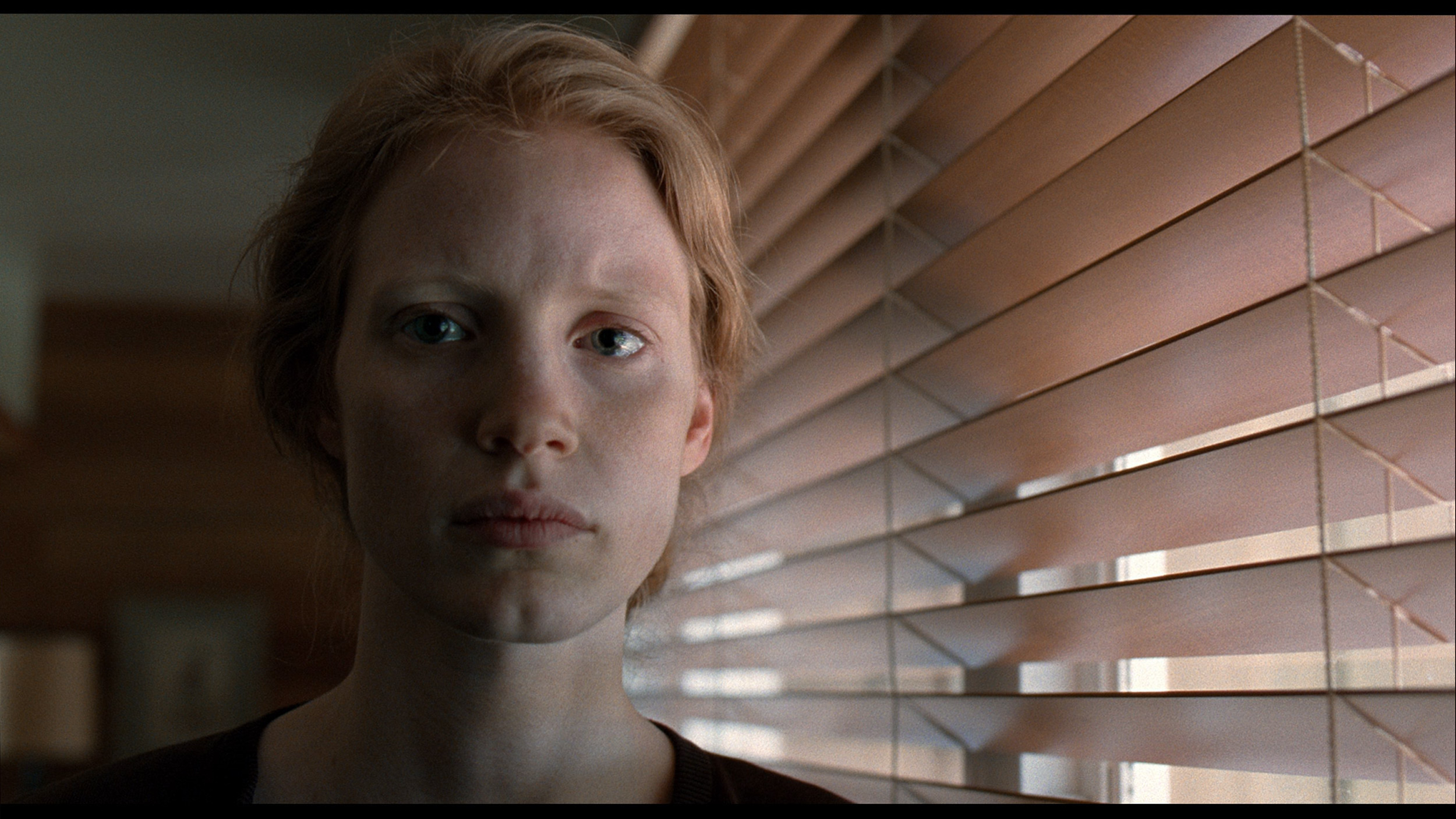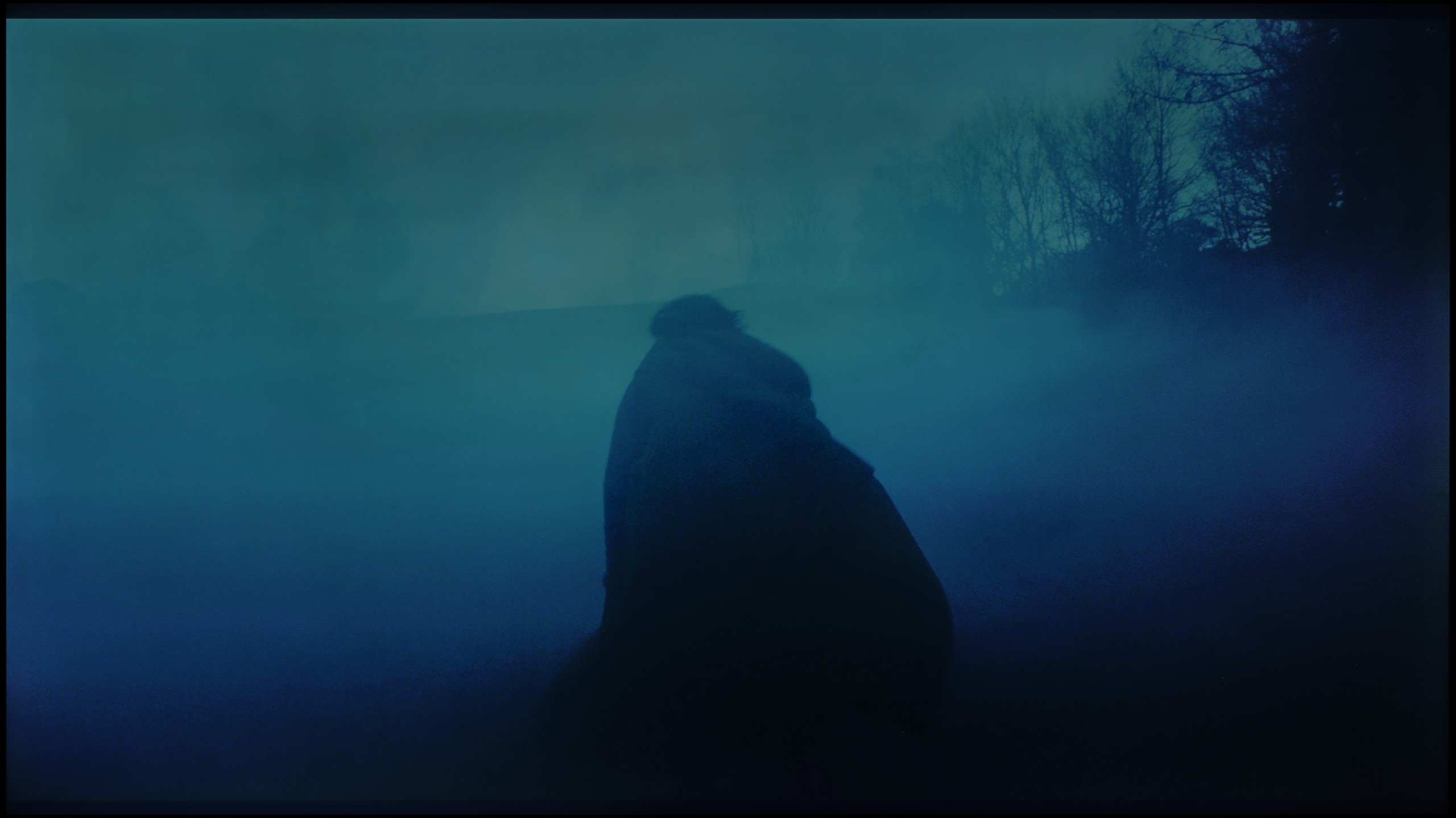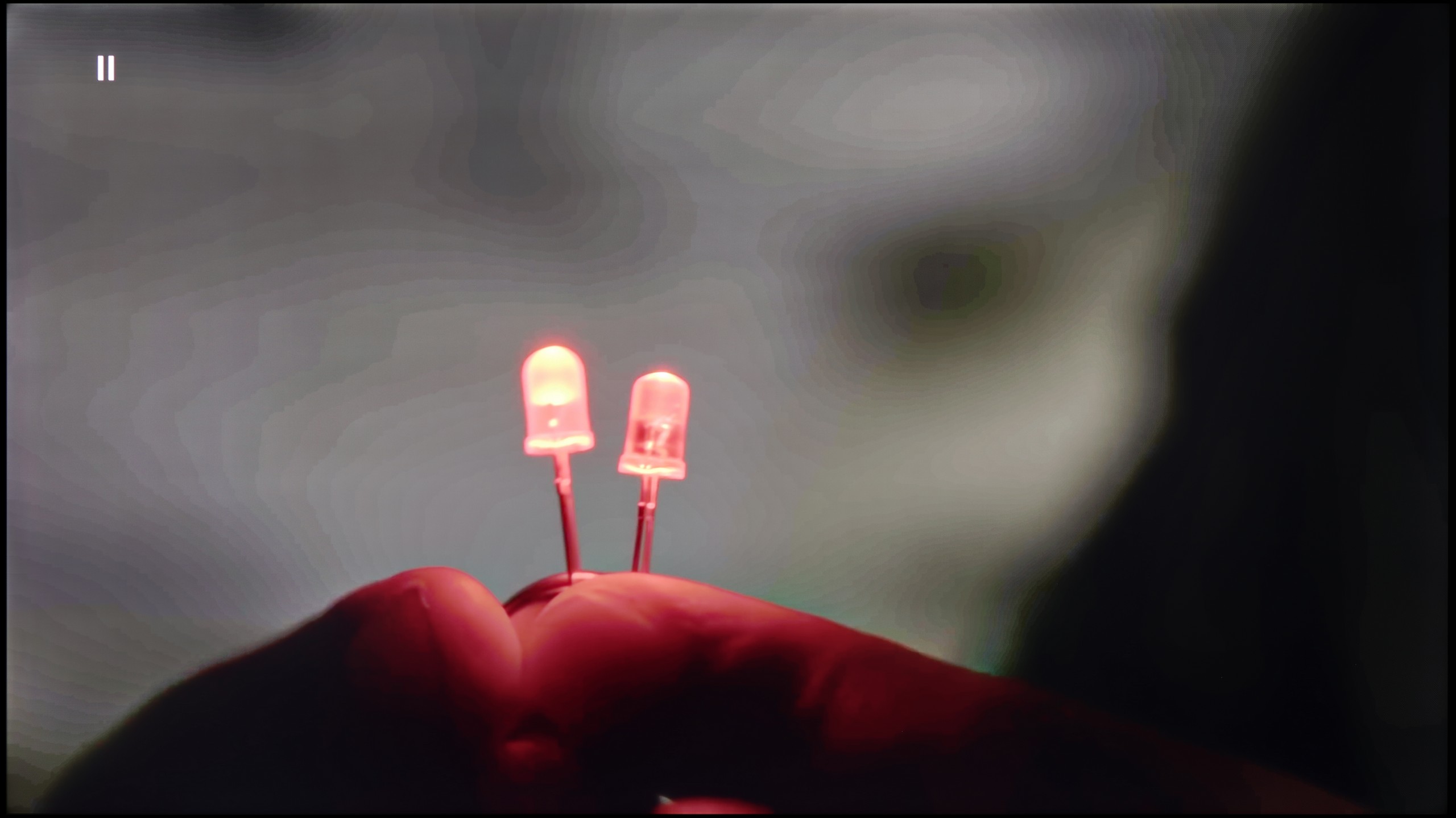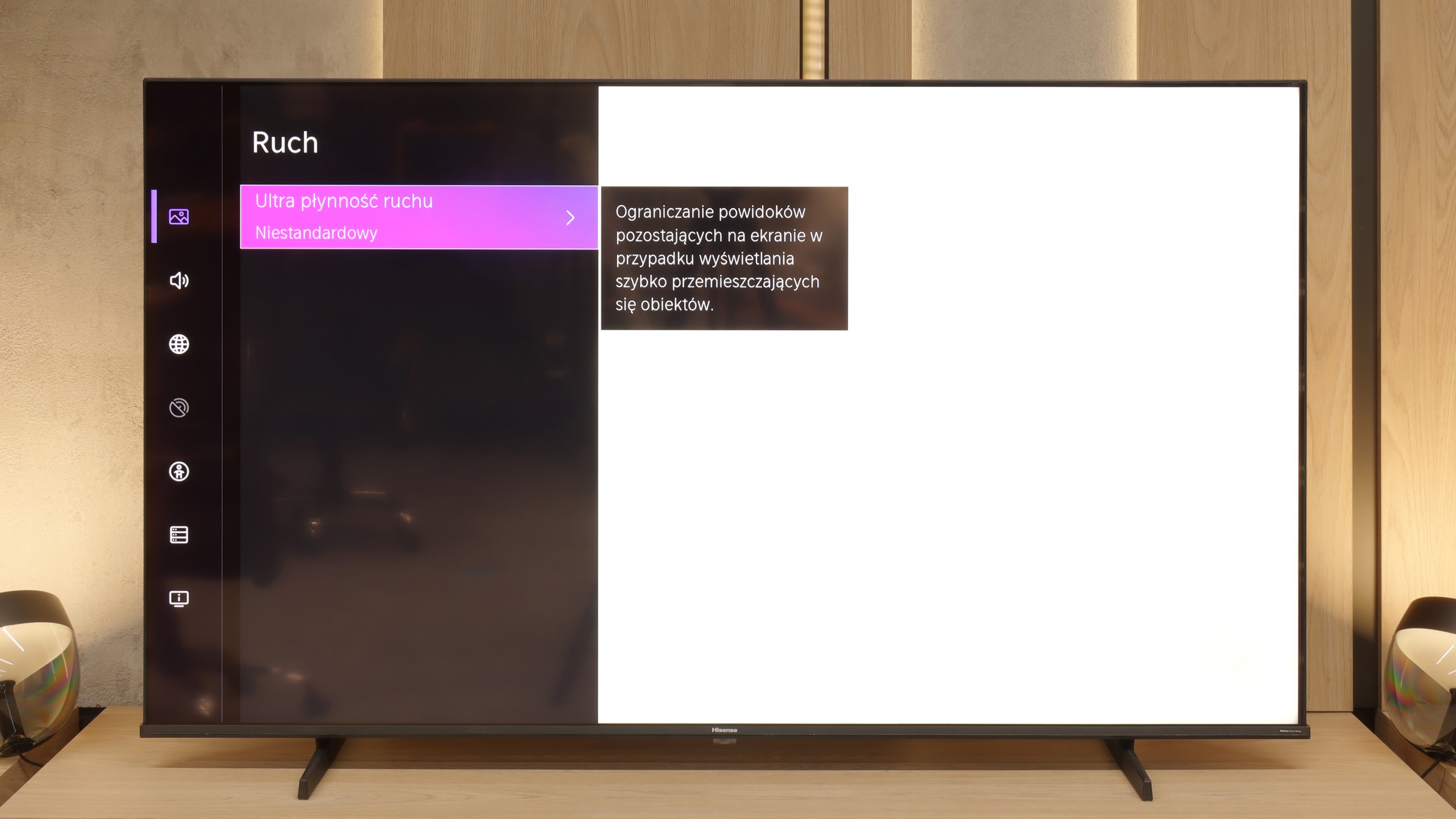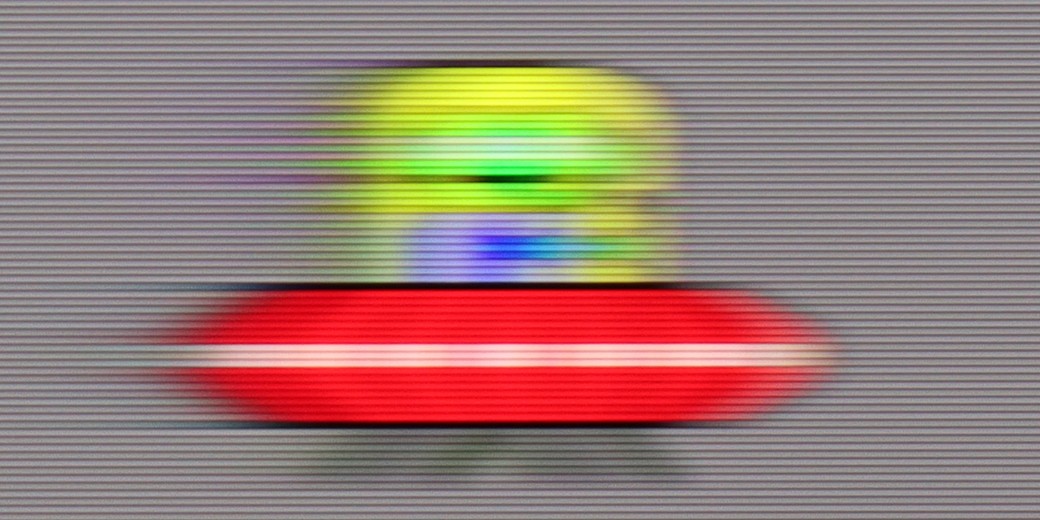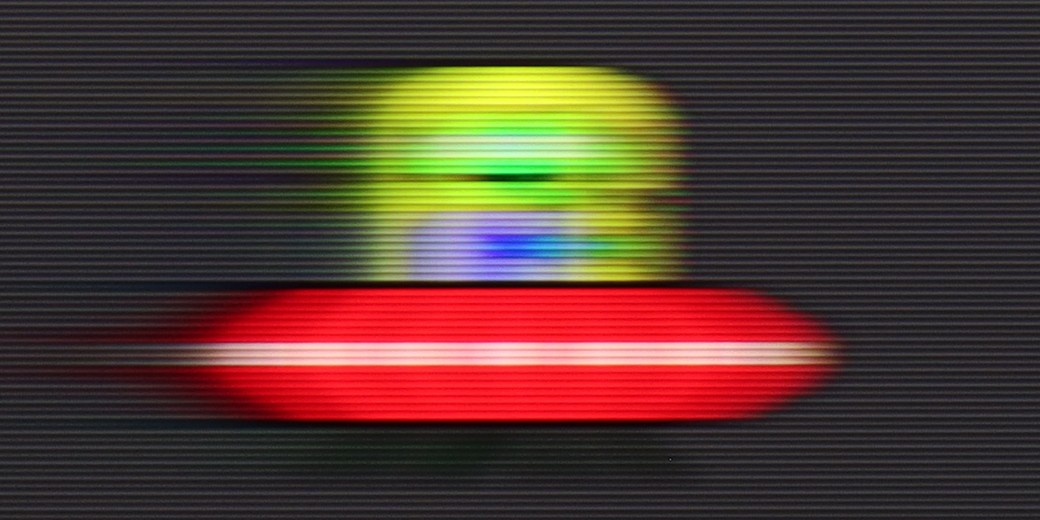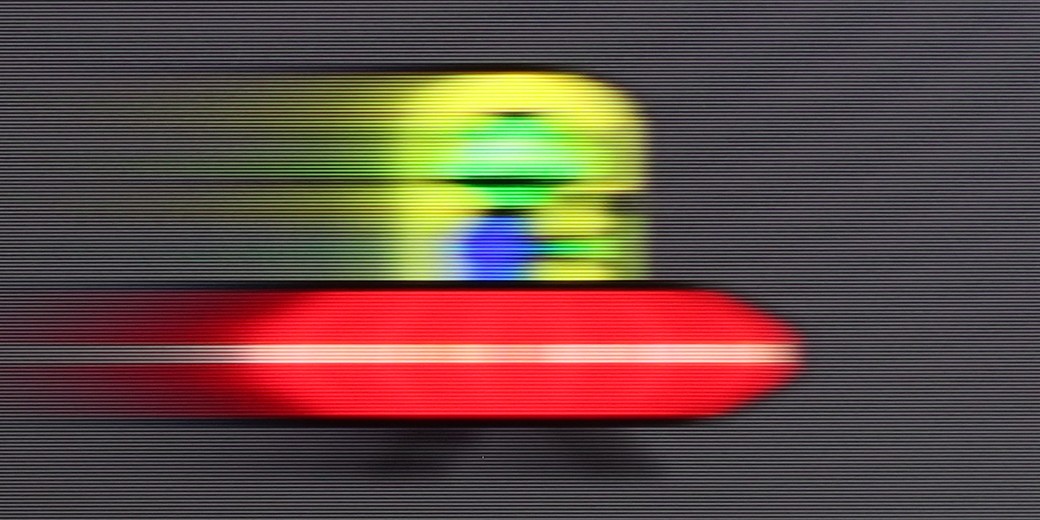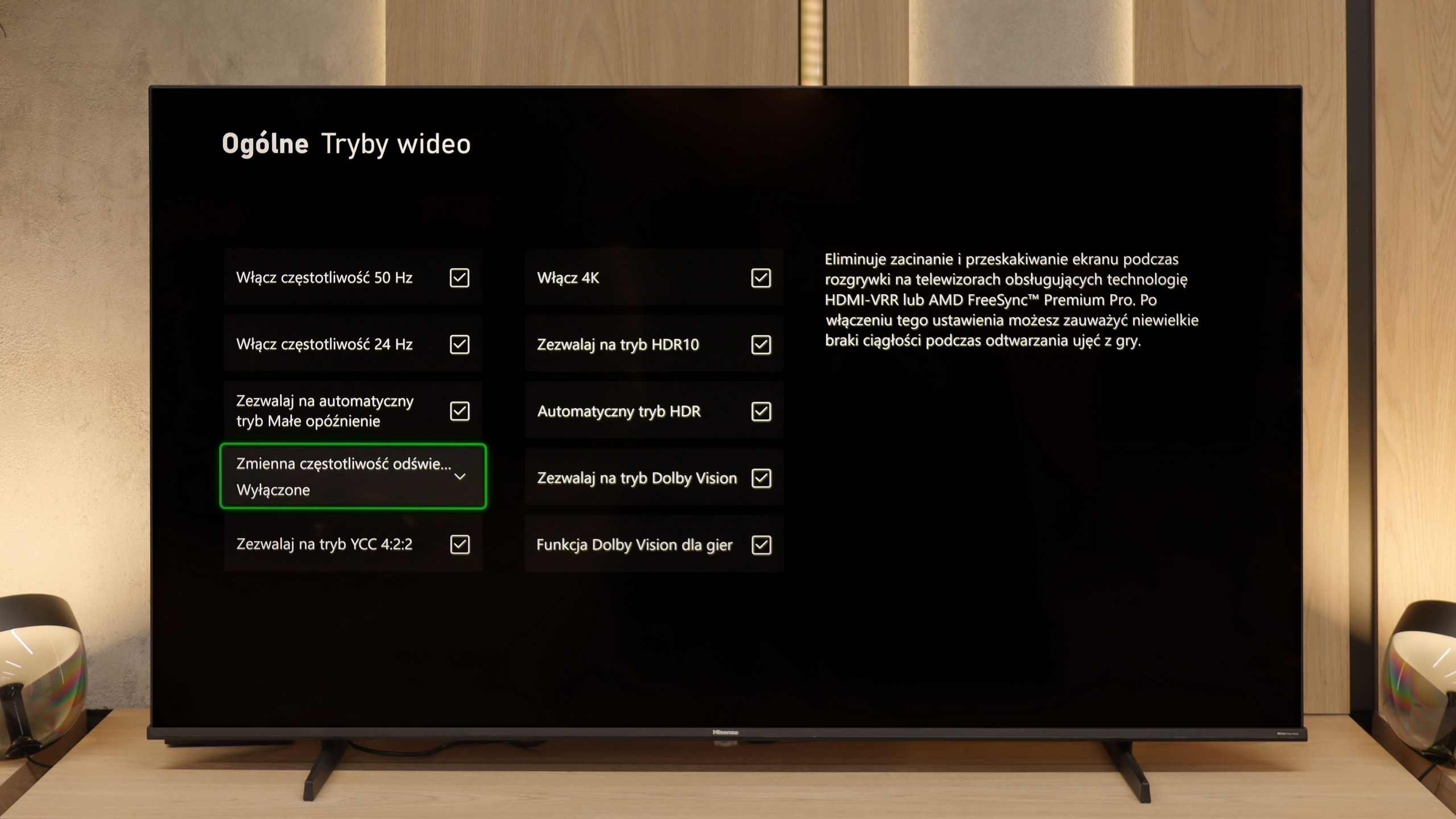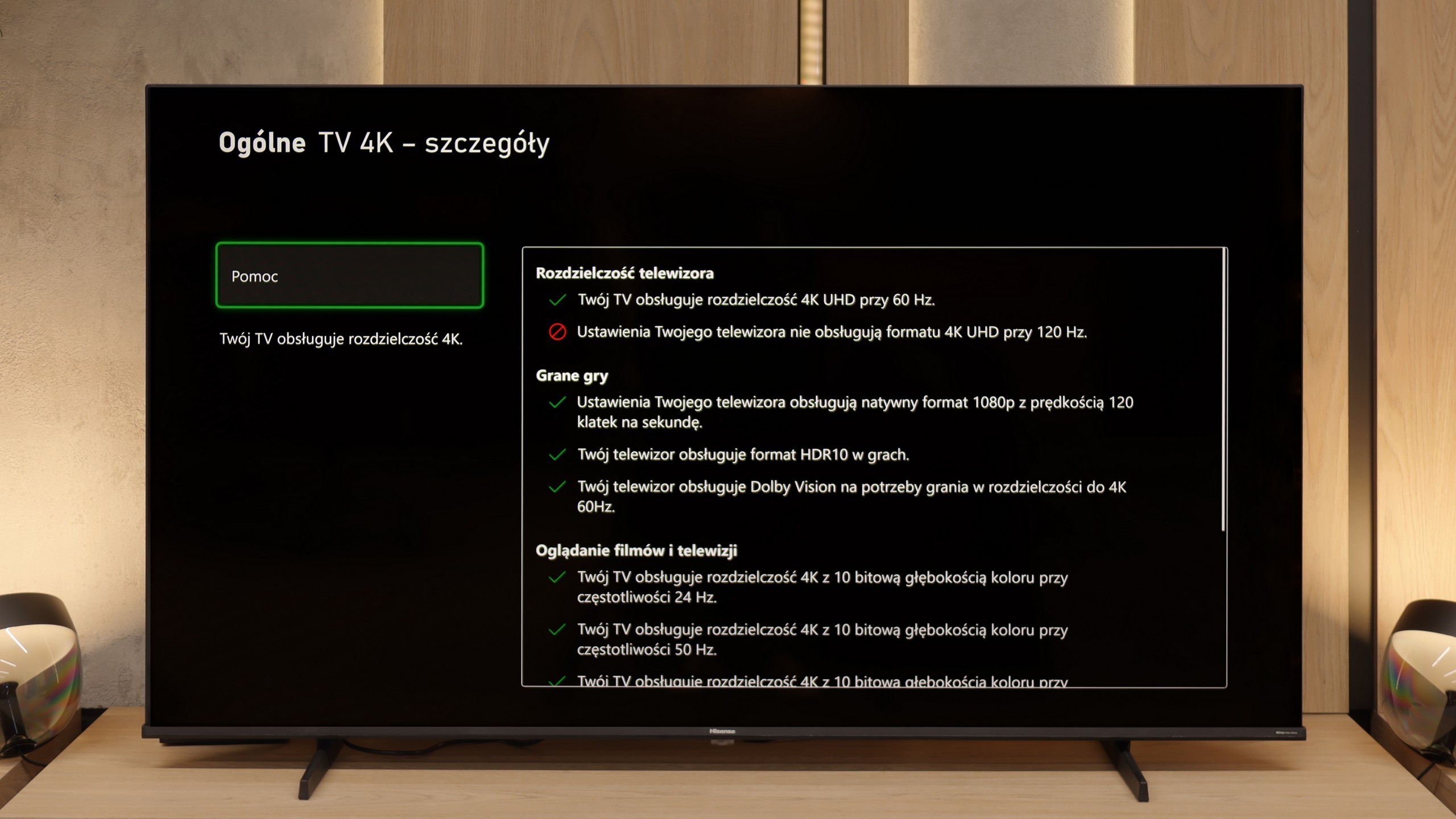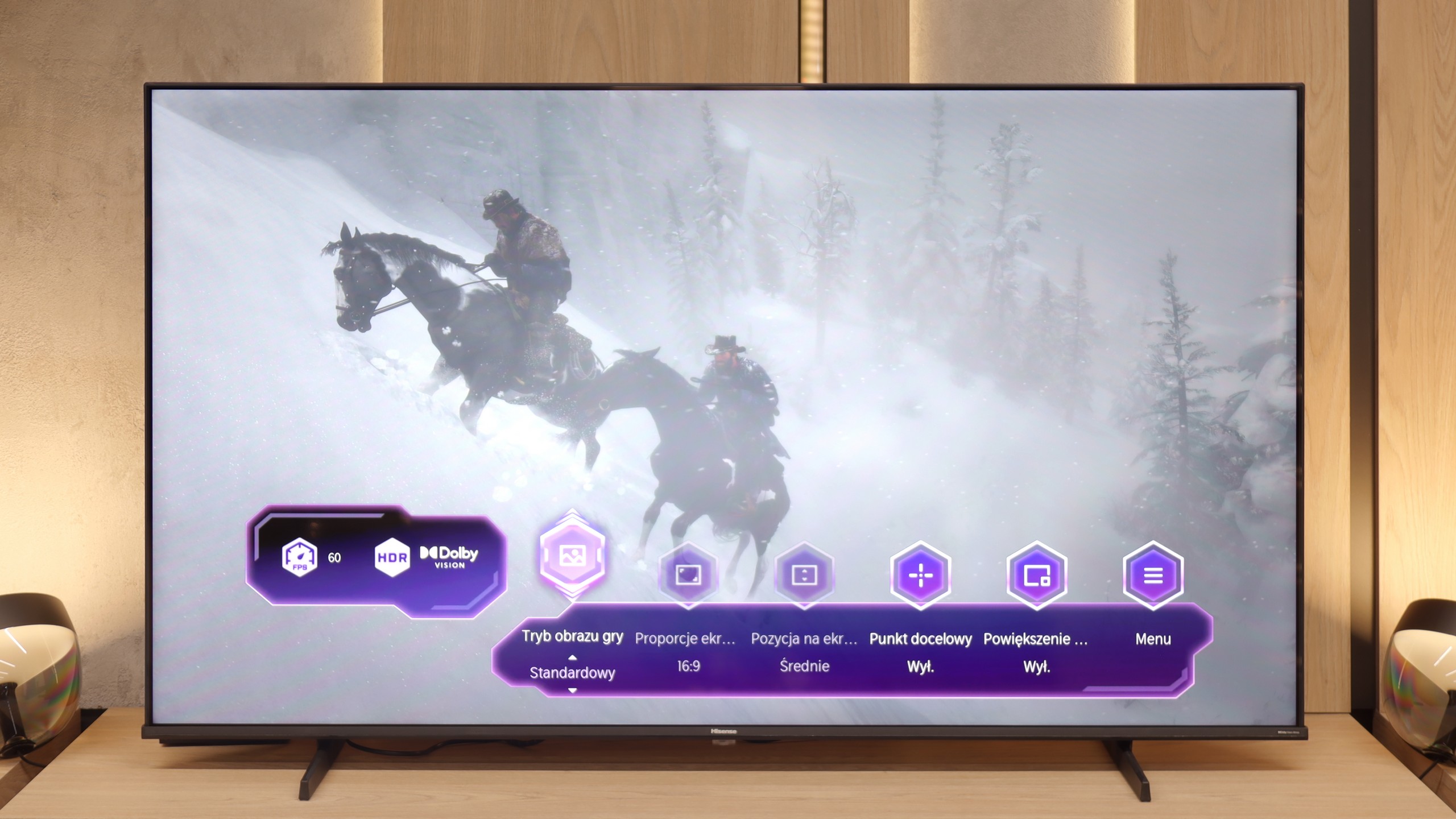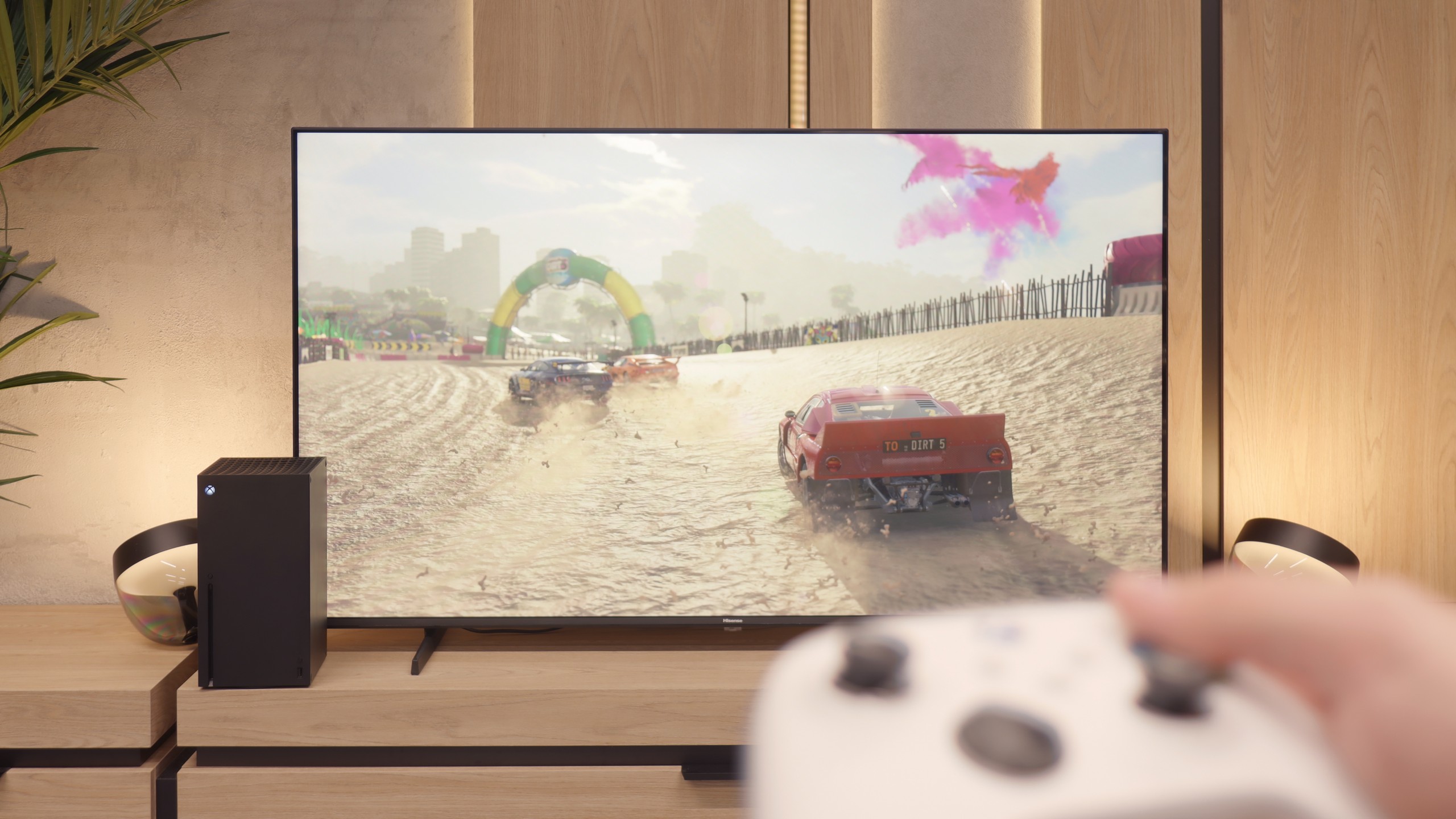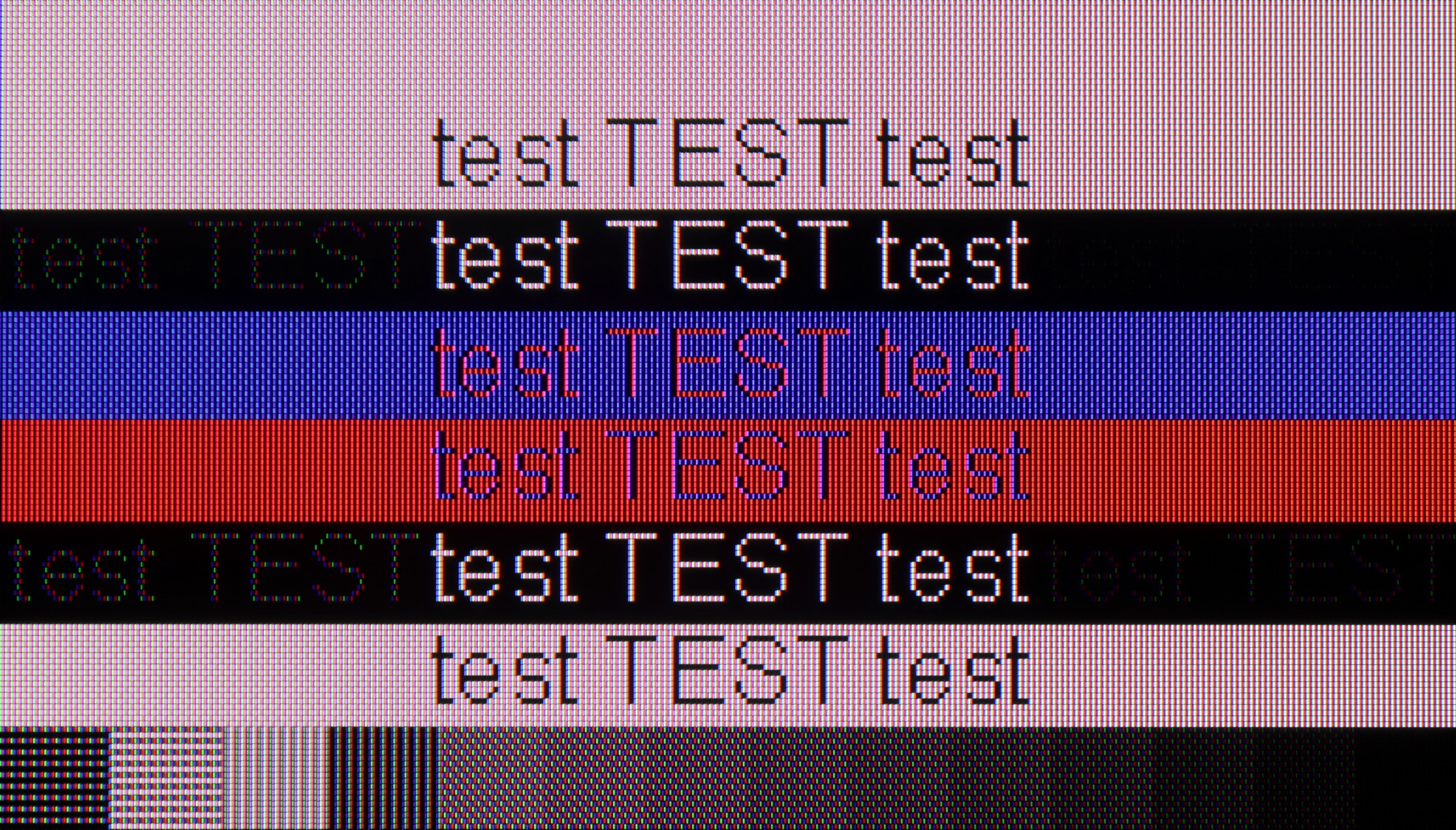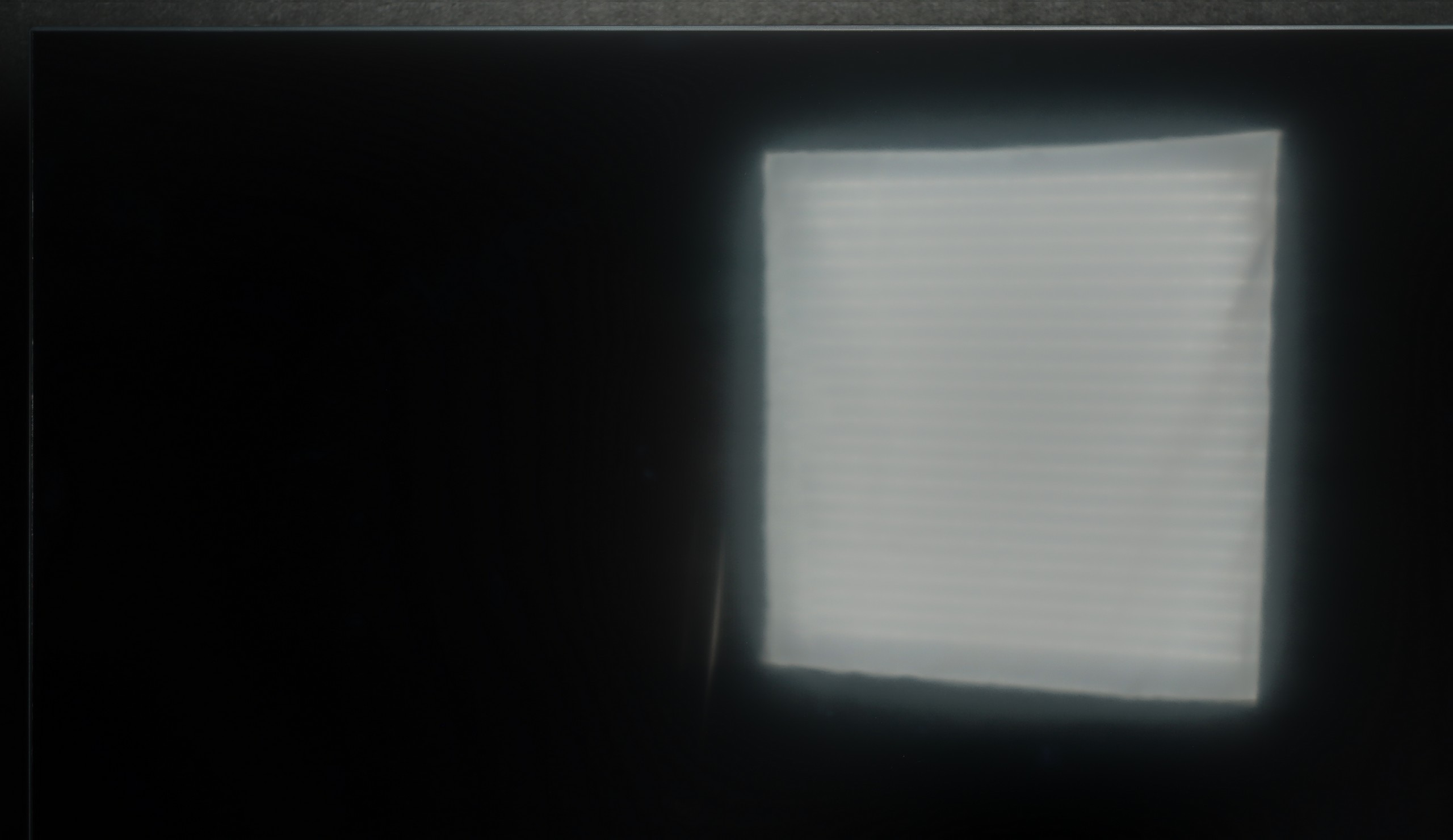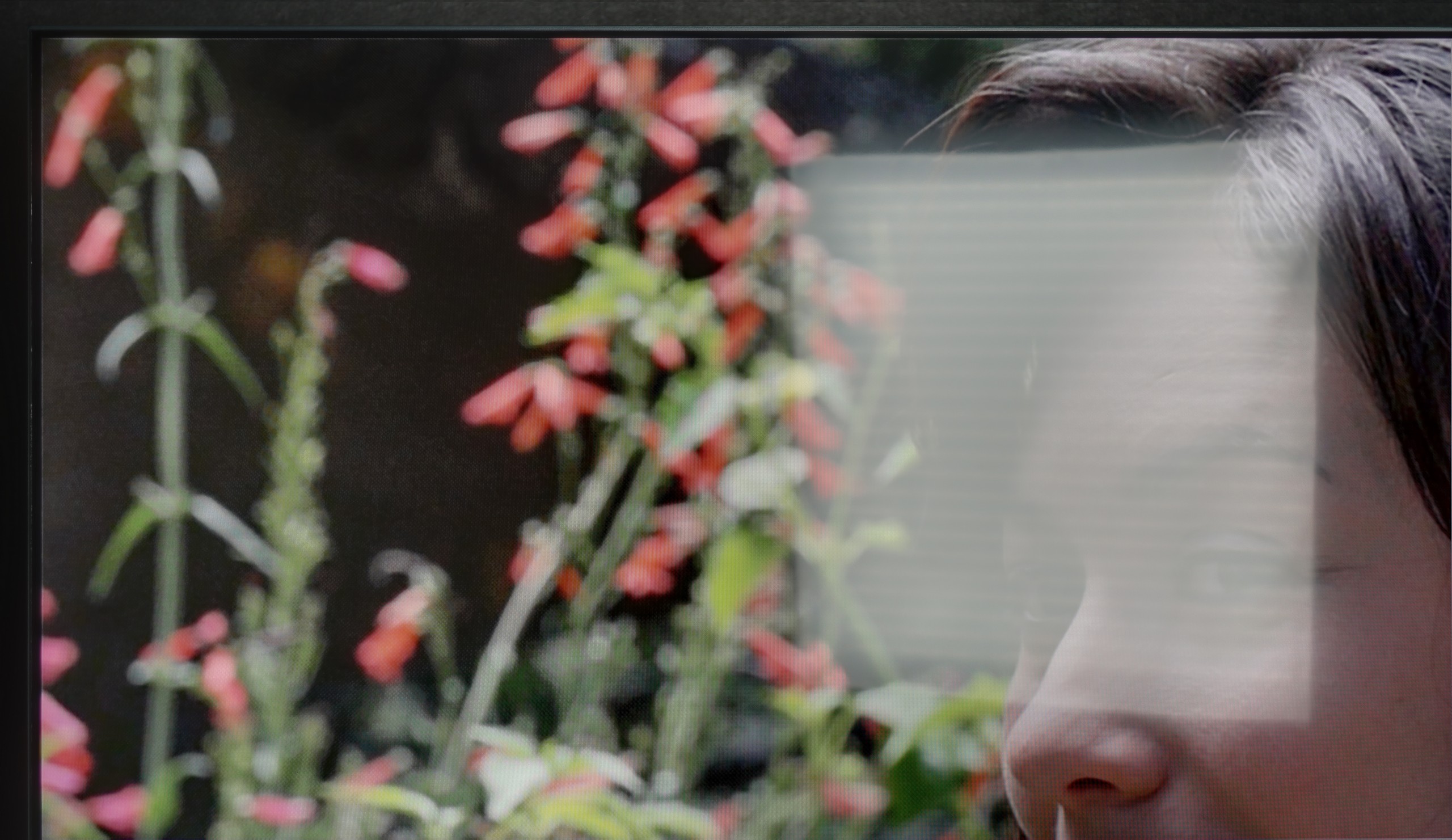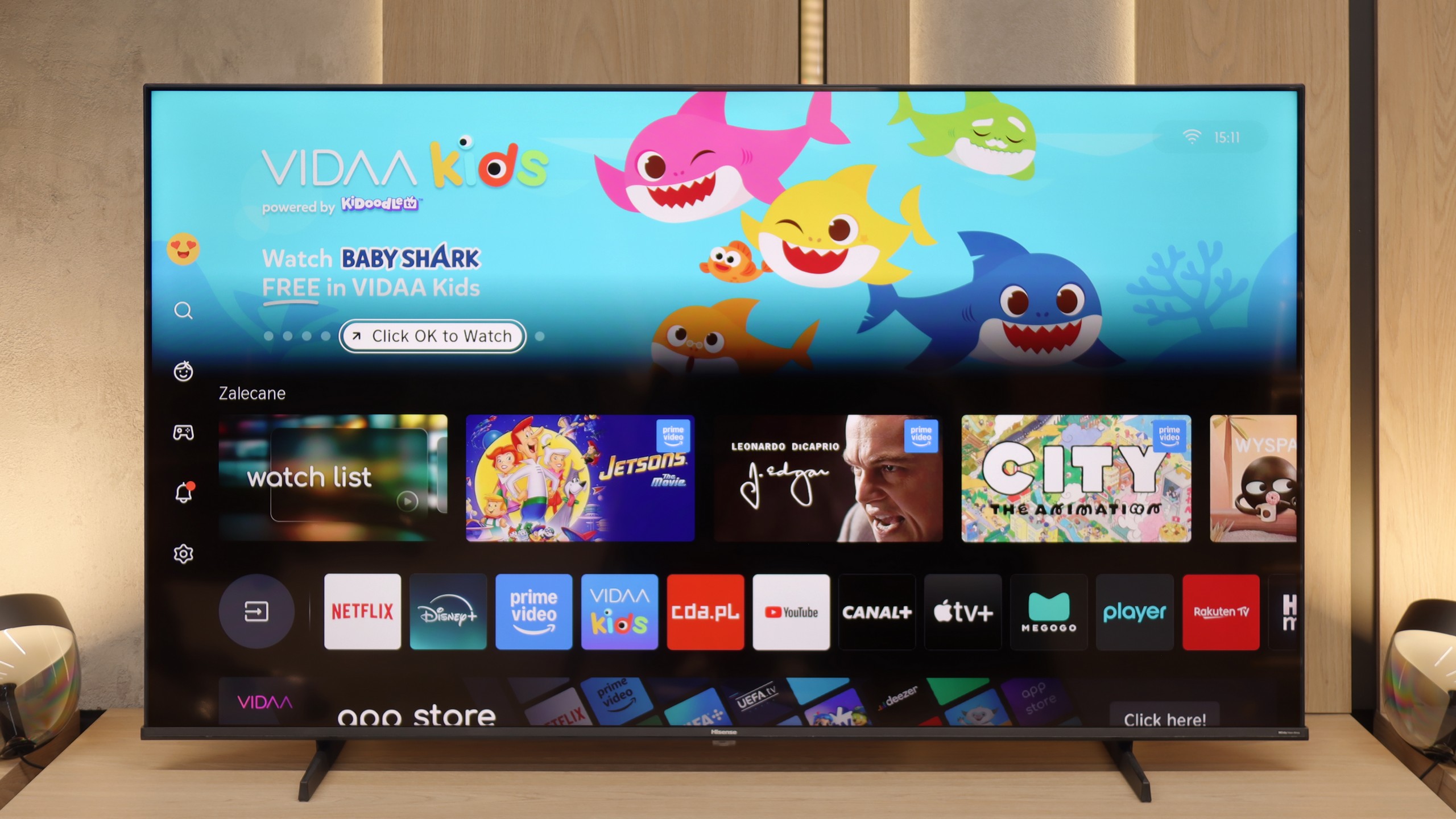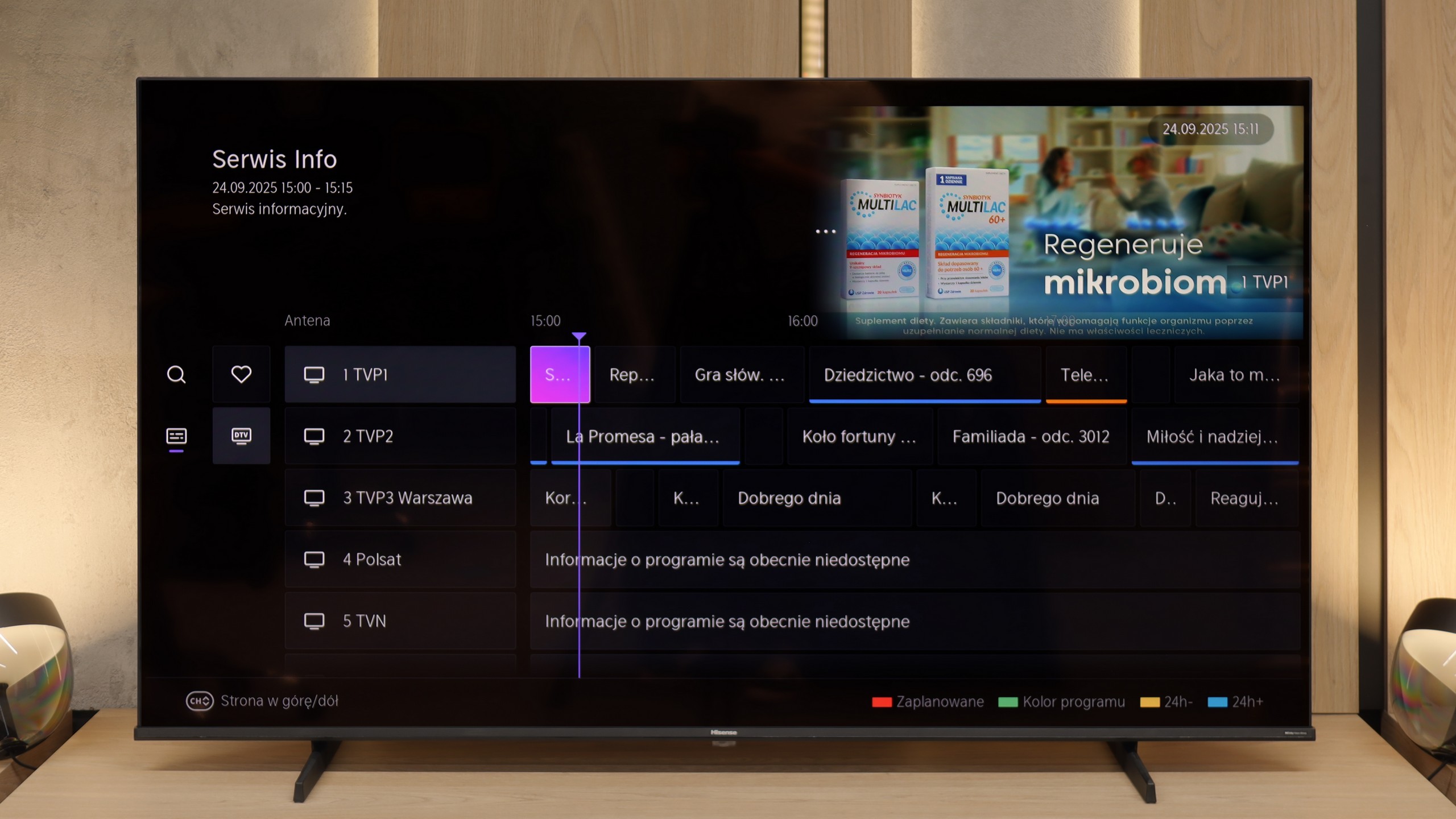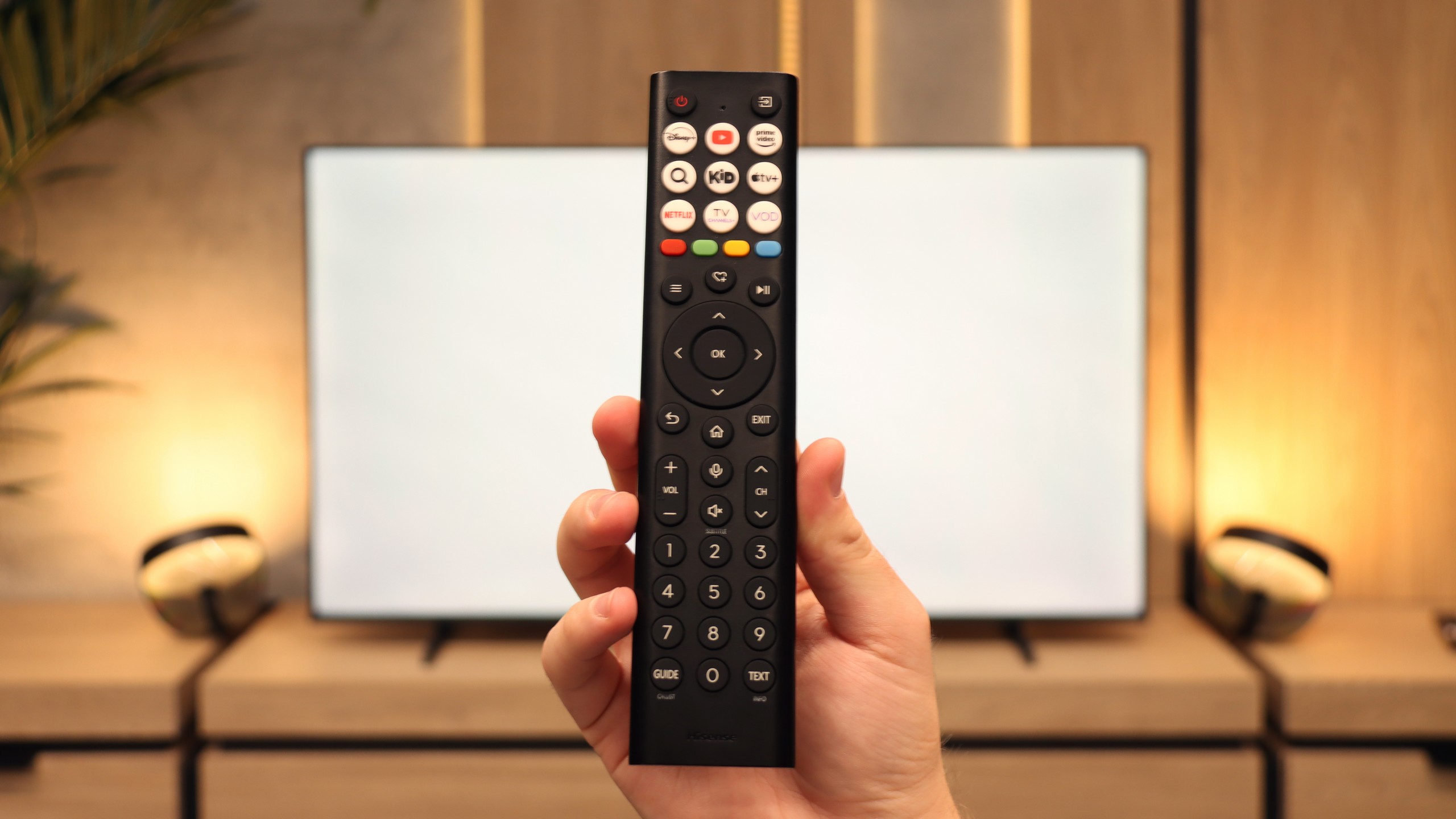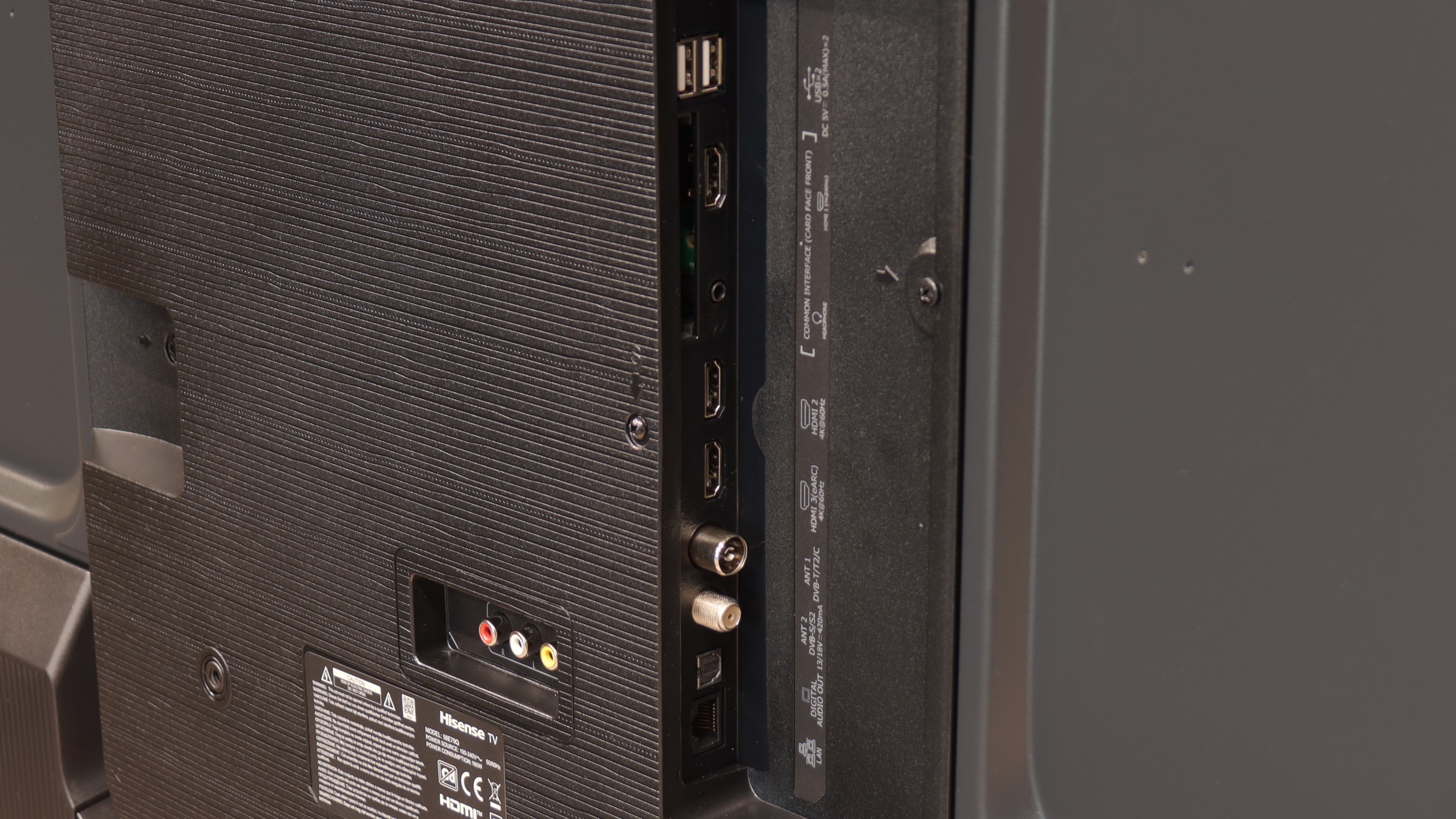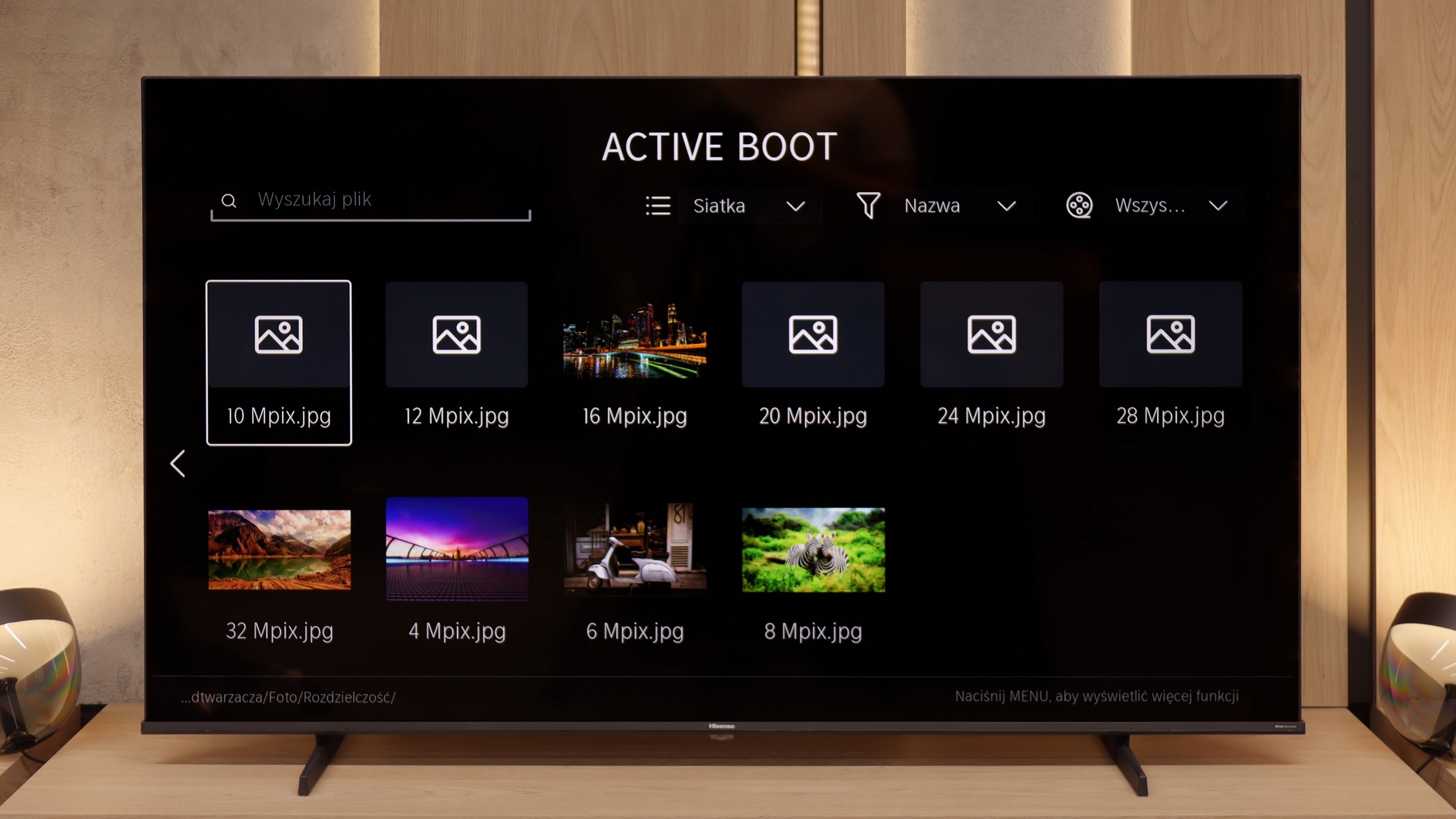The Samsung QN85D is the entry-level model in Samsung's 2024 Mini LED – Neo QLED lineup, offering a well-balanced mix of modern smart features and impressive picture quality. Running on the Tizen platform, the QN85D provides extensive support for Samsung's SmartThings ecosystem, enabling seamless integration with other smart devices in the home, regardless of brand. Apple users benefit from AirPlay compatibility, making content sharing from Apple devices straightforward, while the Daily+ feature adds an extra layer of engagement by delivering daily curated content, enhancing everyday use.
For regular viewing, the QN85D performs commendably. Its high brightness level allows it to easily handle well-lit rooms, and the central stand offers stability and aesthetic appeal. Though it lacks a recording function, the QN85D includes several practical features, such as a solar-powered remote that also controls Canal+ decoders, along with Picture-in-Picture (PiP) mode, enhancing versatility in various viewing situations.
When it comes to picture quality, the QN85D excels in contrast and brightness. Its VA panel delivers deep blacks when viewed directly, and the Mini LED technology provides improved backlight control (with some limitations), which is particularly effective in dark scenes. A refresh rate of 120 Hz ensures smooth handling of fast-paced scenes, while low input lag makes the QN85D an excellent choice for gamers and sports fans alike.
Overall, the Samsung QN85D stands out in 2024 as a robust, feature-rich TV with high picture quality and advanced smart capabilities, making it ideal for both everyday viewing and more demanding movie or gaming sessions.
The Hisense E7Q / E79Q is a type of television that doesn't promise miracles – and maybe that's why it can pleasantly surprise. It doesn't try to pretend to be high-end equipment; it simply does its job. If you're looking for a cheap screen for everything that can handle Netflix, a console, and morning YouTube while having coffee, this model makes a lot of sense. The VIDAA system has matured over the past few years, and you can see that the manufacturer is learning from experience. It has AirPlay, screen mirroring, and voice search in Polish – everything works, maybe not at lightning speed, but smoothly enough not to be irritating. You won't find thousands of apps like in Google TV, but the most important ones are readily available. It's a system meant to be simple and practical, not overloaded with unnecessary gimmicks – and in this sense, it really holds up. There’s also something interesting for gamers. The E7Q / E79Q offers low input lag, an automatic low latency mode (ALLM), support for VRR up to 60 Hz, and even a 120 Hz mode in 1080p resolution. It's not a screen for hardcore e-sports enthusiasts, but if you simply enjoy turning on your console in the evening to play a few rounds, this television will get the job done without complaints. And what about picture quality? We won’t deceive you – it’s not exceptional, but there are also no reasons to complain. A brightness of around 350 nits won’t impress anyone, but the contrast thanks to the VA panel can really surprise positively. The black levels are quite deep, and the colors have a pleasant intensity, especially in SDR mode. It's a bit of a shame that Dolby Vision doesn't add much – because if it worked as it should, we would have a television that could confidently be recommended for HDR viewing as well. On the other hand, it's hard to expect that in this price range. It's simply a fair, well-priced screen that doesn’t try to be a star but can deliver solid picture quality and surprisingly good features. And while it’s not perfect, after a few days of use, it's hard not to think: "wow, this cheap Hisense really does the job."

